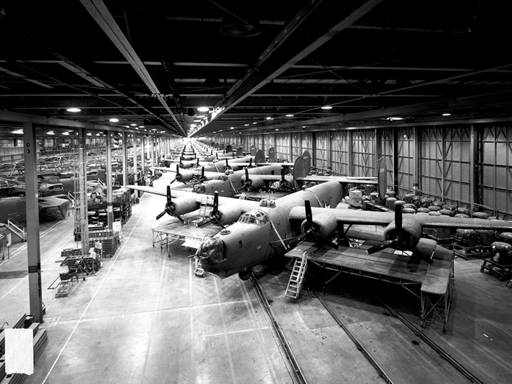
During my experience as a Lean Six Sigma (LSS) practitioner, I have found that it is very important to grab the attention and the interest of participants as quickly as possible. For any Lean program to succeed, participants must immediately identify with and buy into the concepts, and learn how Lean will benefit their lives.
One way to gain this support is to begin a LSS implementation with a 5S event. The 5S idea of sort, straighten, shine, standardize and sustain (or whatever the particular organization’s translation of the five Japanese terms may be) can be used to teach the general Lean concepts of waste reduction to the workforce. It also can be the organization’s best introduction to the LSS world. I have found that the typical shop floor participant is interested in finding out two things: 1) “Does LSS work?” and 2) “How will it affect me?” A 5S event can address both questions, and thus help to build backing for the program.
Does LSS Work?
On the first day of a 5S event, the team members typically meet for a training presentation to learn about the virtues of Lean. They get an overview of the standard Lean tools, such as value stream mapping and work cell concepts, as well as how 5S works. The use of industry examples in this explanation phase is one way to prove that Lean works.
The logical industry example for a 5S and LSS training session would be Toyota Motor Corp., one of the most recognizable and successful organizations practicing Lean. However, I discovered that when I used Toyota as an example of success, I would begin to lose my audience. The idea of implementing the philosophy of a Japanese mega-manufacturer in a medium-sized Midwestern U.S. equipment manufacturer seemed a near impossibility to the floor associates. To find out how I could better translate the success of Lean concepts and philosophy to a 100-year-old American firm, I researched further into the origins of LSS.
It didn’t take me long to find the perfect example of Lean manufacturing in an equipment application that was more familiar to my students: the Ford Willow Run facility of the early 1940s. Charles Sorensen, the plant’s lead engineer, applied Lean manufacturing techniques to complex machinery, such as Consolidated Aircraft’s B-24 bombers, built under contract by Ford. The effort provides proof that Lean works in a relatively low-volume environment. The classical pre-war method of aircraft production yielded one bomber per day. After applying Sorensen’s basic Lean concepts – building only what is needed, when it is needed – the Willow Run facility produced one bomber per hour. The photo of the Willow Run production lines below demonstrates the use of 5S in American war production plants.

How Will LSS Affect Me?
As the 5S event is underway, it is important to emphasize the fact that 5S is more than simply cleaning up. It puts into practice the Lean philosophy of continuous improvement through the non-stop elimination of waste. Who is better to identify the waste in a particular work center than the people who work in it everyday? The 5S event allows management to illustrate how Lean empowers workers to make positive changes in their work environment.
As part of the 5S event, participants receive training in identifying wastes. They also have the opportunity to apply their education to practical situations. It is crucial for management to allow the event process to evolve as a work center team activity. The team must “do” the event, versus having the event done to them – this will allow them to understand the impact Lean will have on their work.
For example, work center associates must decide which tools and equipment will stay in the work center as part of the Sort step. With minimal guidance from the facilitator, the team must also define the location of the remaining equipment. It is important that the team take ownership of the event. It will succeed or fail based on their decisions and effort.
The Shine portion of the event will most likely uncover a maintenance need. Many times this will require the special skills of the maintenance department. If so, the facilitator should leave it up to the team to schedule the work with the maintenance group. The Standardize segment of the 5S event mandates that rules be established to ensure compliance with the Lean philosophy. Again, this provides the opportunity for work center members to control their environment. The facilitator must allow the team to define the daily and weekly actions that will sustain the 5S gains.
After the event, the team must continue to find opportunities to eliminate waste. The idea of continuous improvement does not stop with the conclusion of the 5S event. The LSS practitioner can challenge the work center team by asking, “How are you going to get better next week?” This can be a natural lead-in to other LSS actions such as total preventive maintenance, quick changeover, kanbans and process monitoring through statistical process control.
Empowered to Make Change
The 5S event provides the opportunity to show the workforce that LSS is not an abstract philosophy invented by mass manufacturers for high-volume production. Its roots lie close to home, and it was applied at a time when more than just profits were at stake.
Lean is a mindset dedicated to the elimination of waste at every level and for operations of any size. The process experts – the people who perform the actions on a daily basis – are tasked with not only identifying, but also eliminating that waste. By giving team members the empowerment to take action, the LSS philosophy can be fostered throughout the organization.